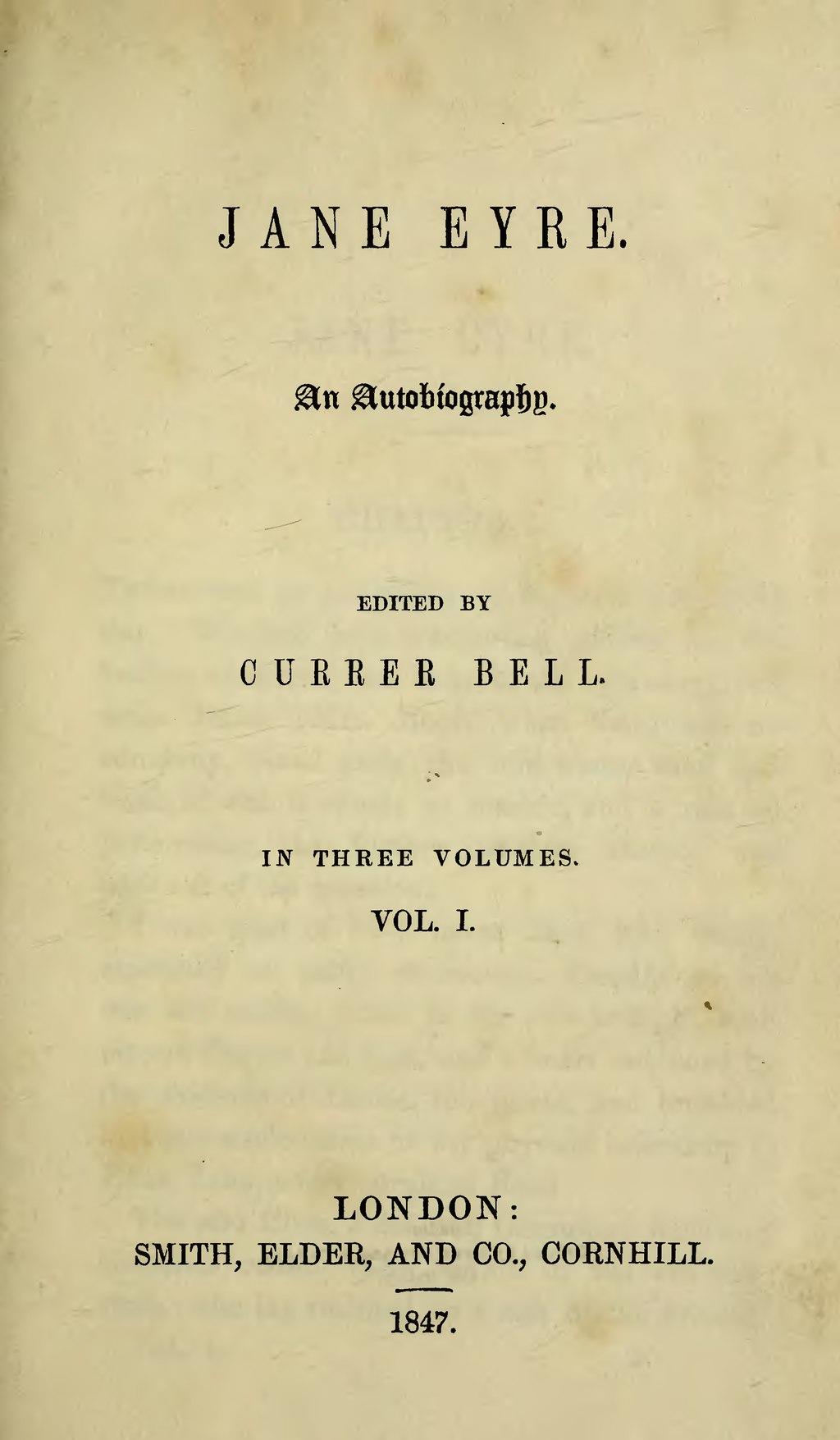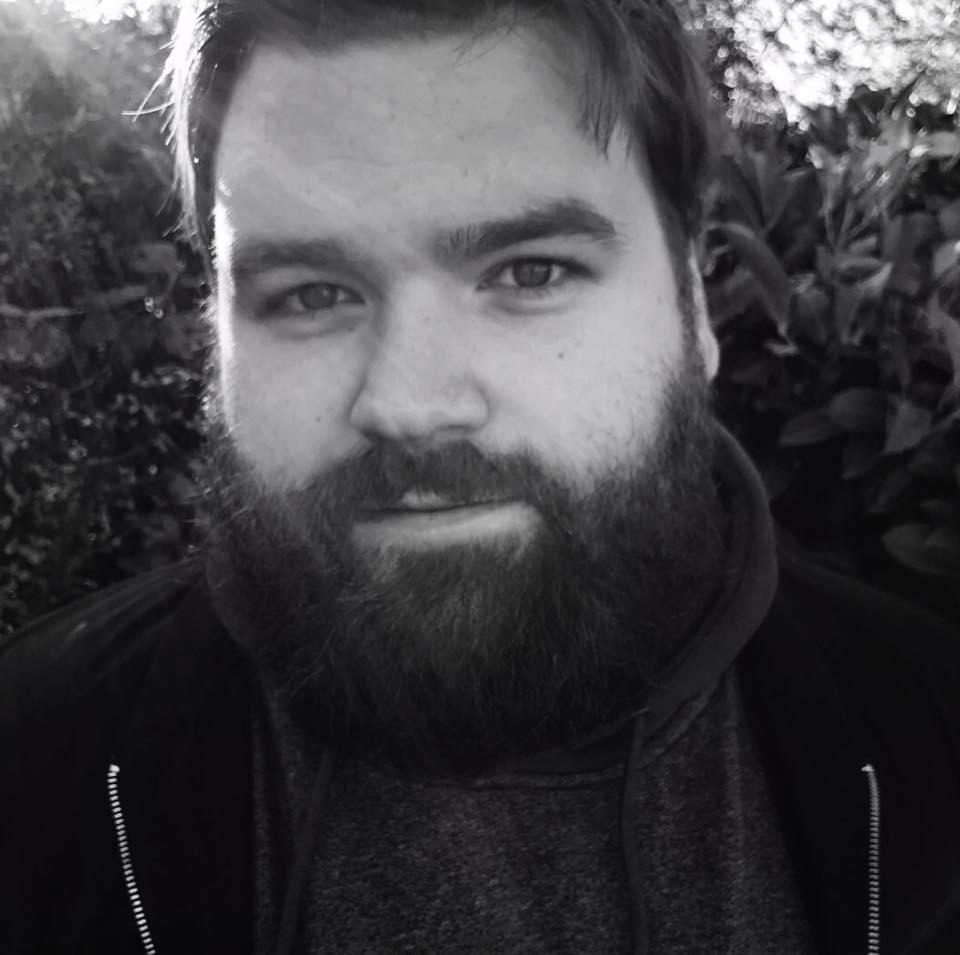Chapters

Jane Eyre by Charlotte Brontë is a rich and complex novel that traces the life of its heroine, Jane Eyre, from her challenging childhood to her eventual happiness and self-discovery.
Charlotte Brontë is an influential author of her time, and was known as having a proto-feminist ideology. This is one of her greatest works and it is known as a Bildungsroman, following a coming-of-age story throughout life, to a sort of resolution.
The narrative unfolds in a series of stages, each marked by distinctive settings, characters, and pivotal events.
Understanding the plot is crucial for those studying the story at the GCSE level, and it has been on the curriculum for some years, meaning it is likely that you will read the book as part of the studies.
Experts have explained that the “first-person narrative in her 1847 novel, Jane Eyre, set a new standard for storytelling. Fresh and bold, it persists as a literary classic, and continues to inspire people of all ages”.

Gateshead Hall: The Orphan's Unjust Beginnings
The story commences with Jane Eyre as a young orphan living at Gateshead Hall under the guardianship of her aunt, Mrs. Reed. Jane faces severe mistreatment from her aunt and cousins, particularly John Reed. The red-room incident, where Jane is locked in a chamber associated with death and trauma, serves as a catalyst for her departure from Gateshead. In this room, she is terrified by an encounter with her uncle’s ghost, and wants to be let out, but nobody lets her out.
Lowood School: Endurance and Friendship
Eyre is then sent to Lowood School, a charity institution for girls, but Jane experiences a harsh and rigid environment. She befriends Helen Burns, a fellow student, and endures the hardships of the school, including the outbreaks of illness including Tuberculosis that claims Helen's life. Jane excels academically, and her education becomes a source of empowerment in spite of being mistreated throughout and having to deal with some very unpleasant teachers and bullies.
Thornfield Hall: Governess Duties and Love
As an adult, Jane secures a position as a governess at Thornfield Hall, where she cares for Adele, a French student of the enigmatic Mr. Rochester. The relationship between Jane and Mr. Rochester gradually develops, marked by intellectual camaraderie and a growing emotional connection as Jane fantasises about being with Rochester. Thornfield becomes the backdrop for mystery and romance.
In the dark of night, a fire erupts at Thornfield, posing a threat to Rochester as he sleeps, but Eyre is there to save his life. Responding to the imminent danger, Jane sounds the alarm and manages to rescue Rochester from potential disaster or even death.
The following morning unfolds with Rochester attributing the incident to Grace Poole, his alcoholic servant. Despite Rochester's assertion, Jane doesn’t necessarily believe this explanation. Her doubts persist, fueled by the fact that Grace Poole remains employed by Rochester, so there is briefly an unresolved mystery surrounding the true culprit behind the mysterious fire and whether somebody is targeting Rochester.
Rochester’s Secret Marriage
Jane is stunned when eventually Rochester says he wishes to marry her, as it has been rumoured he would marry a character called Blanche Ingram. However, as she is set to marry Rochester, there is an unsettling truth about his past that is revealed. He is already married to Bertha Mason, a woman confined in the attic due to her mental instability. The revelation shatters Jane's dreams of a conventional love story, and she decides to leave Thornfield to preserve her moral integrity.
She becomes homeless and sick, eventually rescued by The Rivers family, who take her in and help her to regain health.
She eventually discovers that the family that saved her are her cousins, and St John Rivers requests that she joins him to work and live abroad as a missionary. She considers it, but when she continues to dream of Rochester she decides she can’t go through with it.
Conclusion: A New Beginning at Ferndean
The novel concludes with Jane and Mr. Rochester finding a peaceful life together at Ferndean, a secluded cottage. Despite Mr. Rochester having gone blind since they were last together, their love prevails, and Jane achieves a sense of completeness and belonging. Rochester also eventually regains sight in one eye. In the conclusion of the book there is an element of “living happily ever after” as she has started a family with Mr. Rochester and is presented as being very happy.
More About Jane Eyre
Jane Eyre has a distinct structural resemblance to the bildungsroman genre, a term derived from the German language, meaning a "novel of education." Within this literary framework, the narrative revolves around the educational and maturation journey of a sensitive and philosophical protagonist. In the case of Jane Eyre, the character undergoes both physical and emotional growth, gradually evolving into a self-assured individual who takes ownership of her ideas and beliefs. We see Jane as very vulnerable and mistreated in the beginning of the book, gradually becoming more settled and making her way through the pitfalls of life and romance.
From the novel's inception, it becomes evident that Jane's life is profoundly influenced by her struggle against those wielding more power. Her journey becomes a twofold exploration as she not only physically matures but also experiences emotional growth, shaping her identity and philosophical outlook. Throughout the narrative, Jane grapples with the internal conflict between preserving her integrity and satisfying her passions, creating a tension that defines much of her character development.
Towards the culmination of the novel, Jane achieves a sense of liberation by reconciling the conflicting elements of her life. This resolution, a central element of bildungsroman storytelling, signifies the protagonist's maturation and self-discovery. Through acceptance of her circumstances and an understanding of the complexities inherent in her journey, Jane attains a newfound freedom, and these conflicting elements end with a marriage to the man she has desired.
Think about why this novel is written in the first person. What sort of perspective does this give us on events throughout Jane Eyre?












